The book that combats disposable culture with tips and tricks for the perfect restoration
Mary Miers applauds an evocative portrait of a group of London Georgian houses cherished back to life.
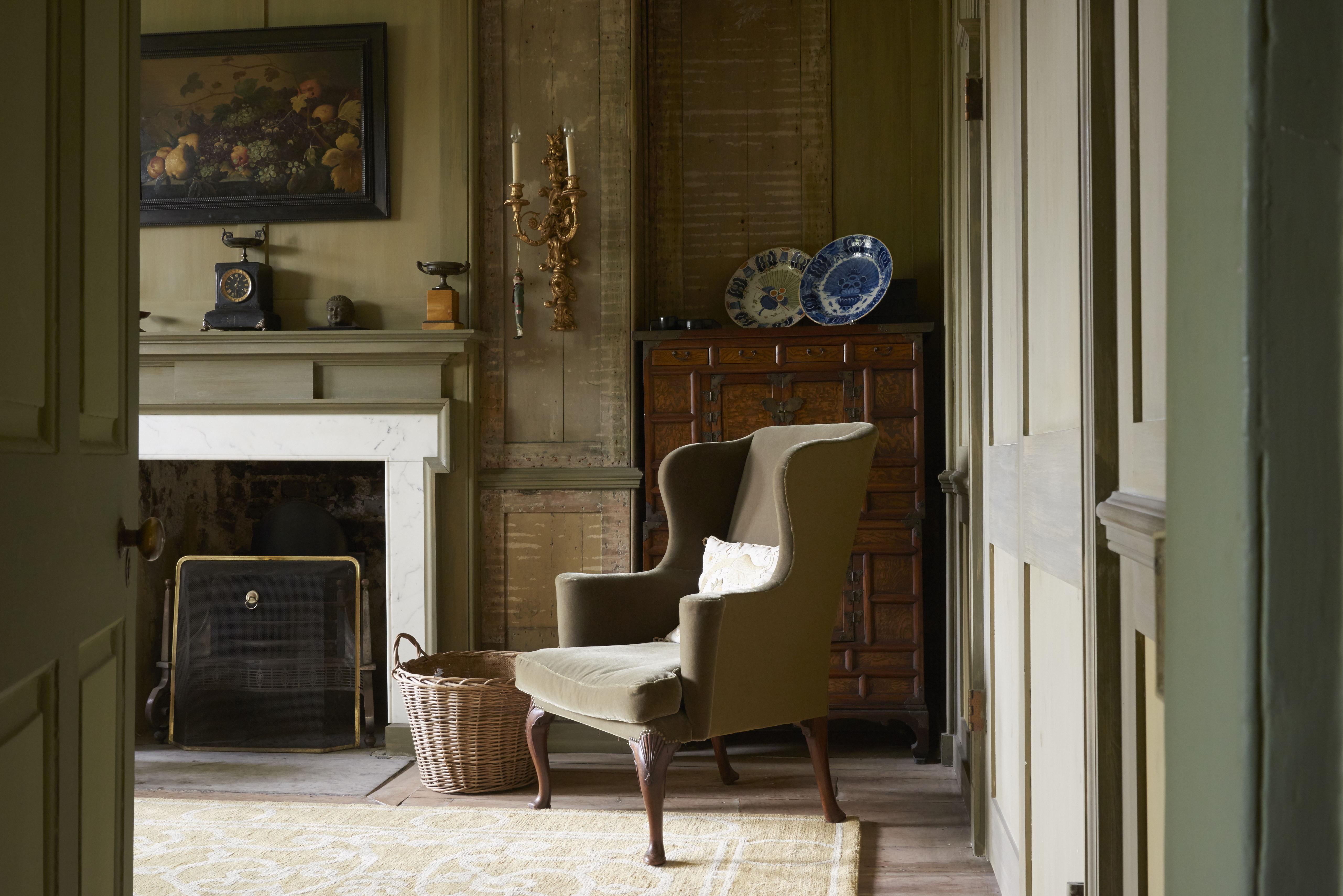

If ever there was a publication that could convert people to the merits of reclamation in this disposable age, it is surely this. Restoration Stories seduces on many levels, most immediately through its photography: page after page of serene interiors interspersed with close-ups – a piece of pine scraped to reveal layers of paint made from earth pigments; plain deal battens pockmarked with old nail holes onto which textile wall coverings were once pinned.
Some rooms, with their Georgian panelling and oriental rugs, mahogany cabinets and Chinese porcelain, look rather grand. Others, tall windows framed by shutters, daylight filtered through thick glass to model a plain timber chimneypiece or catch the gleam of a silver candlestick, evoke a painting by Hammershøi. Narrow halls and stairways, a bedroom or kitchen carved into the eaves, suggest the modest scale and origins of many of the houses featured.
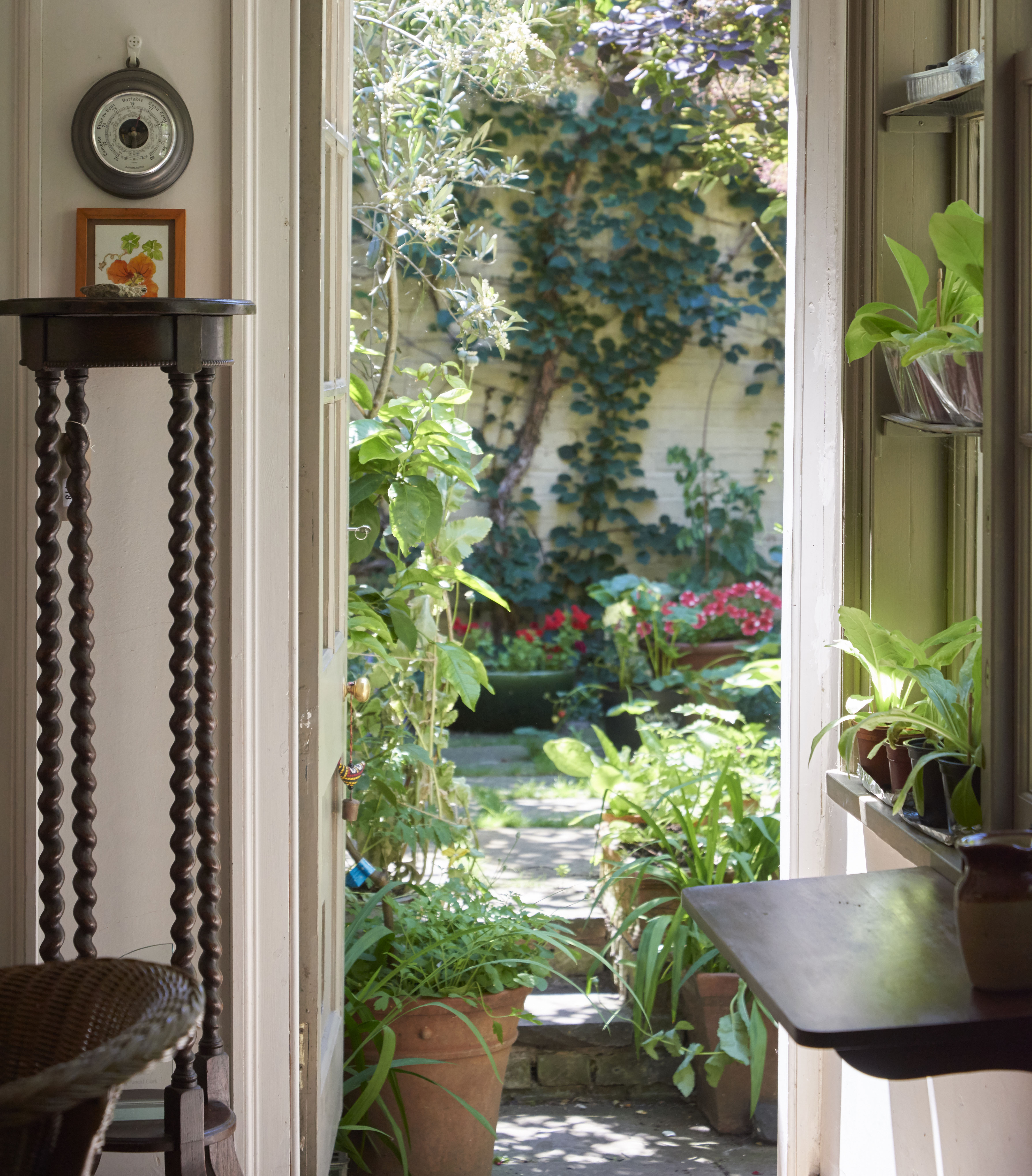
Charlie Hopkinson finds beauty in anything old he photographs, however distressed. Yet this is not solely a picture book. Writer and artist Philippa Stockley owns one of the 16 houses – ‘the fourteen-foot-wide derelict house [bought at auction in 2005] was all I could afford’ – and she’s a fount of knowledge on the quirks and tricks, as well as the economic and health-giving benefits of inhabiting a little-altered Regency dwelling that was once a wreck. Her relaxed text combines a portrait of each house and its owners with local history, practical information and decorative tips.
For her and her fellow restorers, these buildings have a living presence: ‘They shift and whisper, creak and murmer… swell and shrink,’ she writes, noticing how a hairline crack in the plaster can widen and narrow at different times of year; how, in some lights, paint appears to dance and glitter. One owner observes how, over time, his 1792 silk weaver’s house has ‘slipped and slid to one side then the other, and gone up and down a bit, like a galleon on a gentle swell’. The implication is that you have to go along with the unevenness and imperfections: ‘A wonky floor won’t work with a straight ceiling’.
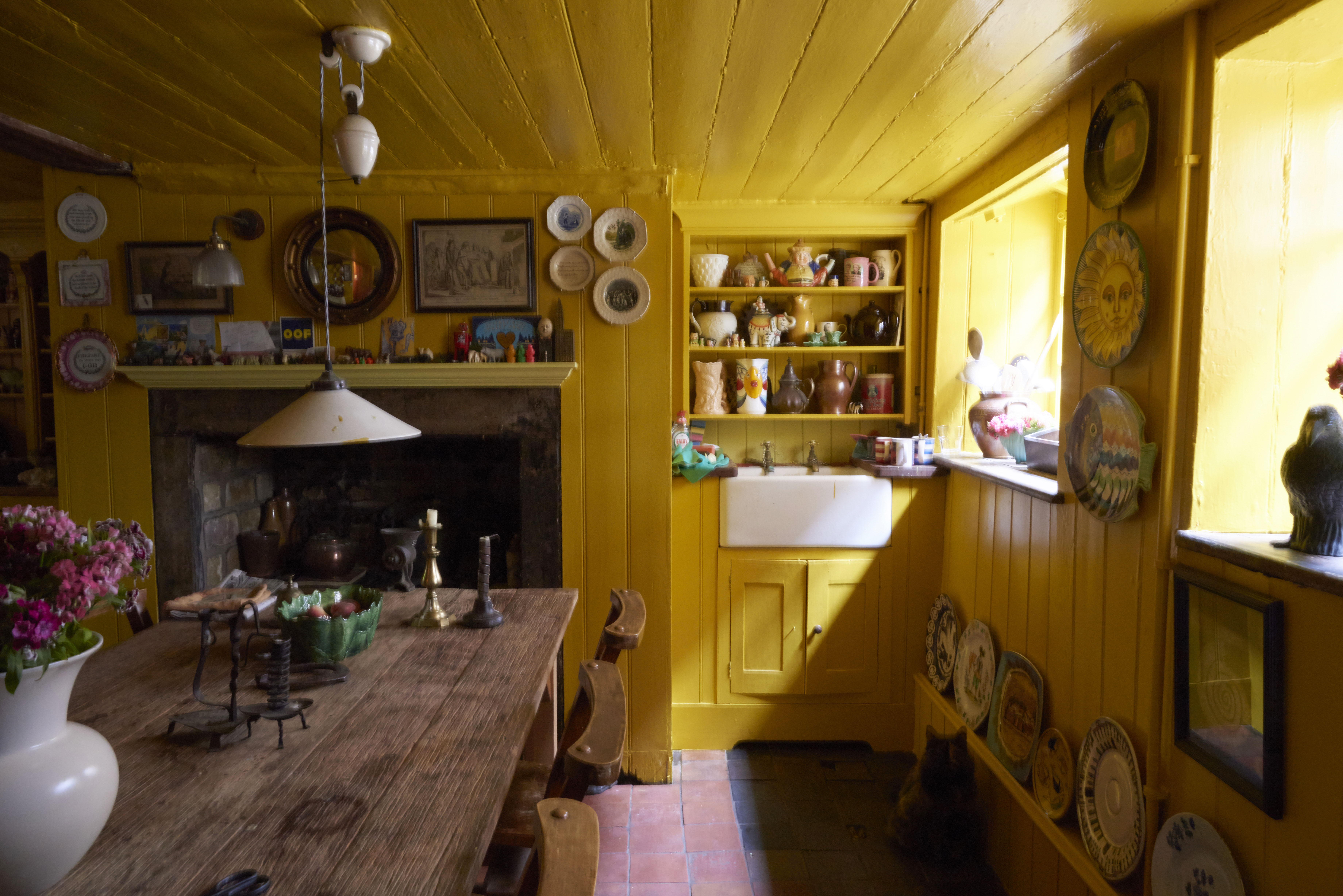
The group featured are mostly East London Georgian terraced houses of sober red brick, although there’s also a former coaching inn and a Tudor gatehouse – a ‘wild card inclusion’ on the Isle of Sheppey. Many were made not by architects, but by builders and masons, their interiors finished by plasterers and carpenters who went from house to house—as surviving detail in Spitalfields attests.
If there’s one thing that unites their owners, who range from a paint specialist and a barrister to a jeweller and a carpenter’s son, it’s that they’re all sensitive to the atmospheric effects of ‘patina and subtle variation of paint abraded and faded over time’. The use of paint and colour is a running theme through the book.

Many of the houses were derelict when acquired; others had been rescued from the jaws of the bulldozer by the valiant Spital-fields Trust, which squatted to prevent demolition and then repaired them to an initial stage and found restoring purchasers. The author documents all the dedication and hard work, the hours put in removing ‘intolerable excrescences’, layers of wood-chip and hard gypsum.
Sign up for the Country Life Newsletter
Exquisite houses, the beauty of Nature, and how to get the most from your life, straight to your inbox.
In the basement of a Spitalfields house, lined with Mexican tiles and peeling melamine, a breeze-block wall divided ‘a boiler that belched carbon monoxide, and a cooker called a Falcon Dominator’ from seven urinals and ‘two enormous fire safes, which had to be winched out with a block and tackle’.

Resourcefulness, as well as fearlessness, are the other shared attributes. From the clever use of limited space to the endless recycling of bits and pieces, salvaging from skips and reinstating fixtures that former owners had repurposed, the author’s message is: don’t be afraid of having a go. The pictures belie all the hard work: the 25 coats of limewash, new shutters, mouldings and chimneypieces copied from surviving fragments, waxed floorboards and relaid tiles, repaired patches of plaster. Such dedication is repaid by exciting discoveries: a 1726 door with working hinges found behind some panelling; a Roman amphora.
What renders all these efforts so rewarding is the elegant, congenial homes they have created. It’s not difficult to see why they appeal today. Unlike so many modern houses, ‘they were handmade for people by people, to a very human scale, with well-proportioned rooms that are made to live in’. The drawing room of a 1726 Spitalfields house that was originally occupied by carpenter/property developer Marmaduke Smith
Restoration Stories by Philippa Stockley with photography by Charlie Hopkinson, Pimpernel Press, £45
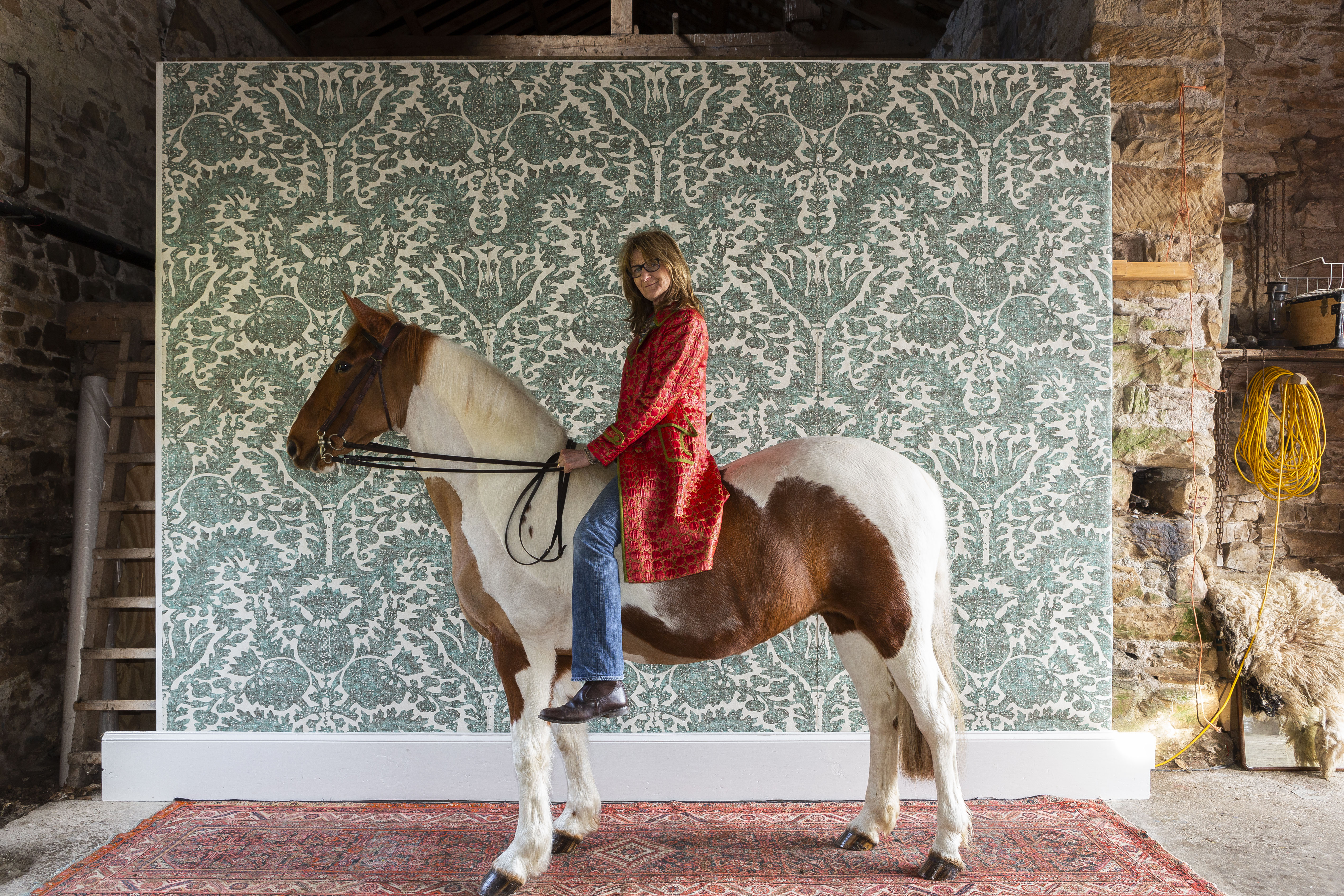
Credit: Harry Lowther/Lewis & Wood
How large-scale wallpaper can transform a space beyond recognition
Fortune favours the bold – in actions and interiors. Giles Kime explains how big and bold can make a small room
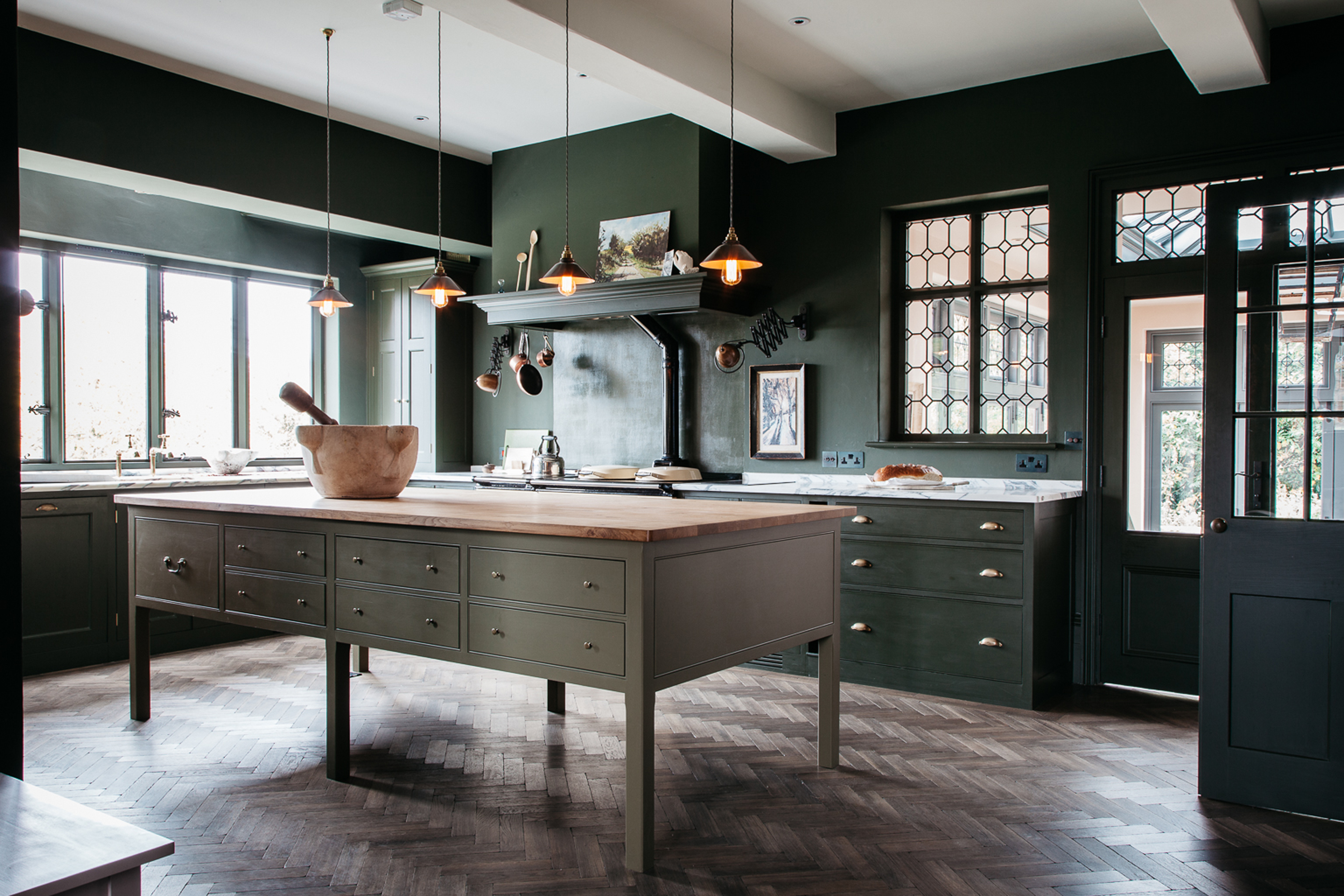
How to transform a Victorian kitchen with bold colour and Georgian-style joinery
Georgian-style joinery and dark colours lend a cosseting feel to this farmhouse kitchen.
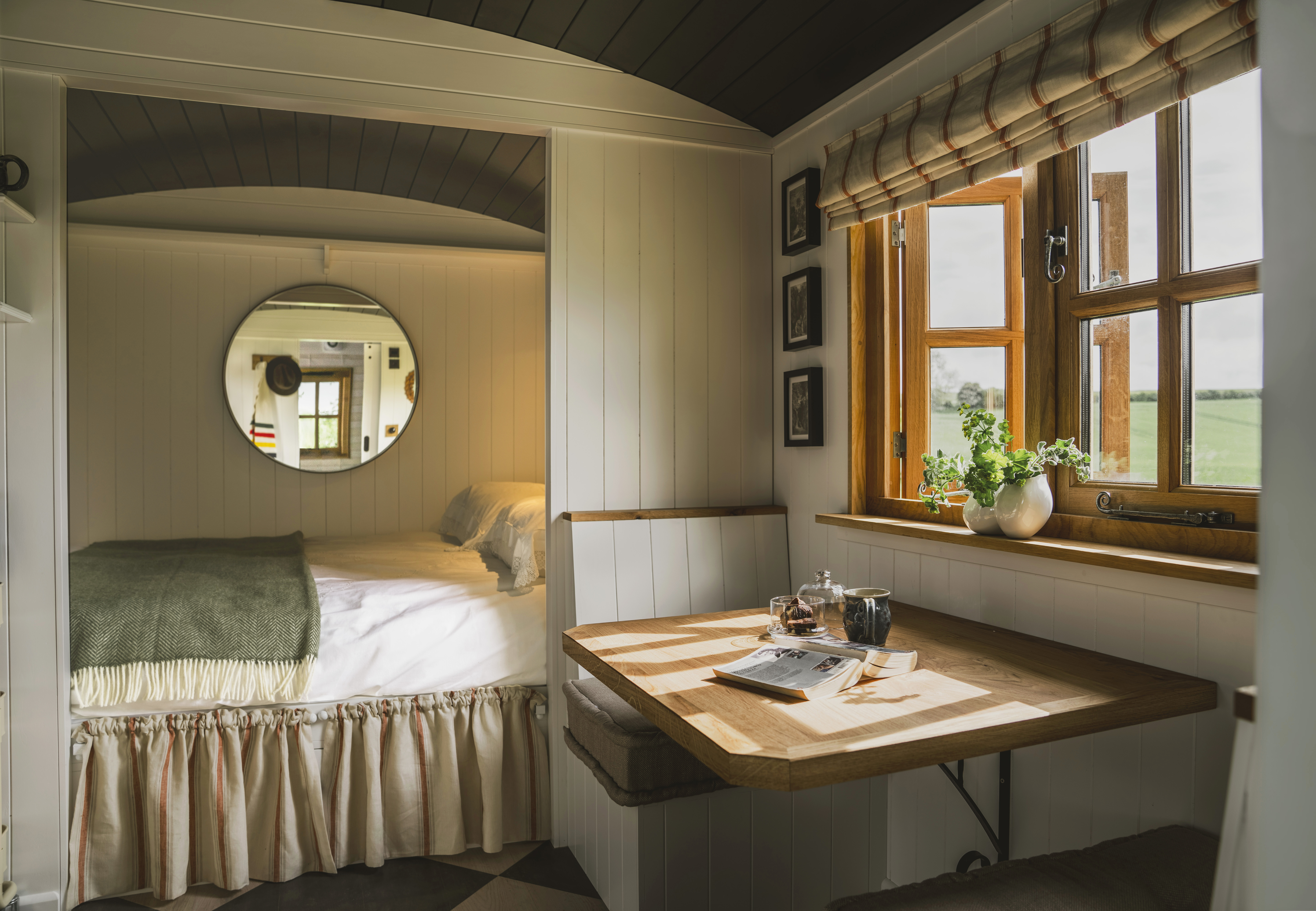
Credit: Chrisopher Mcgrillis
How to transform a shepherd's hut into the perfect, country guest house
In North Yorkshire, Melanie Phipps has furnished a pair of shepherd’s huts with every creature comfort.
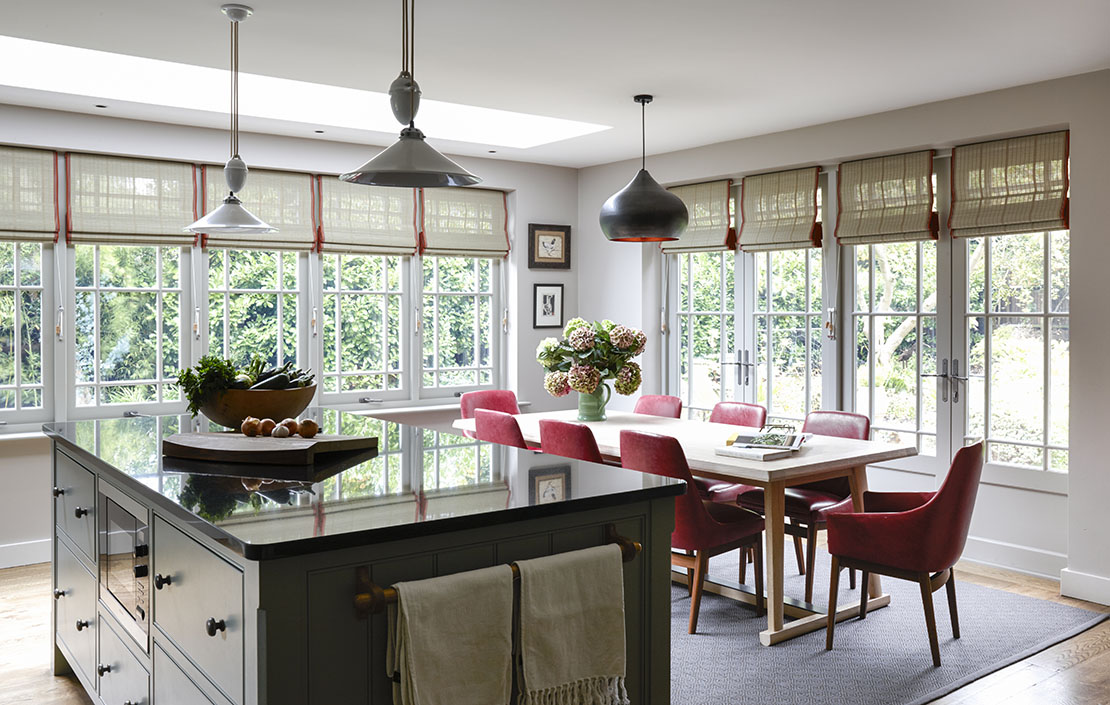
Credit: Jake Fitzjones
How to transform a dark Victorian kitchen into a charming social space with bespoke joinery
Charlotte Crosland redesign project turned into an entire refurbishment when it came to this Victorian house in London, including this
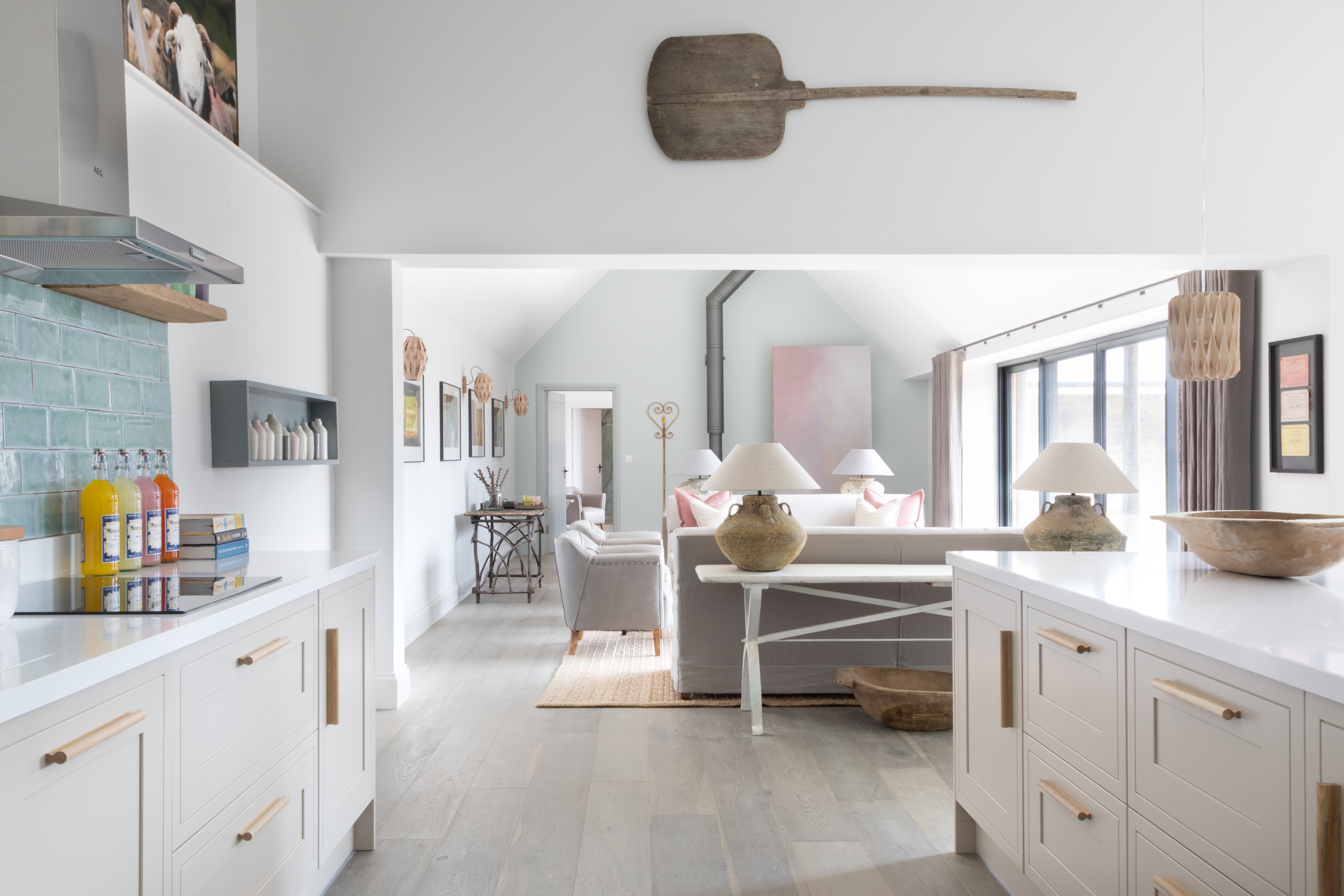
Credit: Paul Craig
How to transform the interiors of a derelict barn into a beautiful holiday let
Pippa Paton has artfully transformed the interiors of a Cotswold barn. Giles Kime takes a look.
Mary Miers is a hugely experienced writer on art and architecture, and a former Fine Arts Editor of Country Life. Mary joined the team after running Scotland’s Buildings at Risk Register. She lived in 15 different homes across several countries while she was growing up, and for a while commuted to London from Scotland each week. She is also the author of seven books.
-
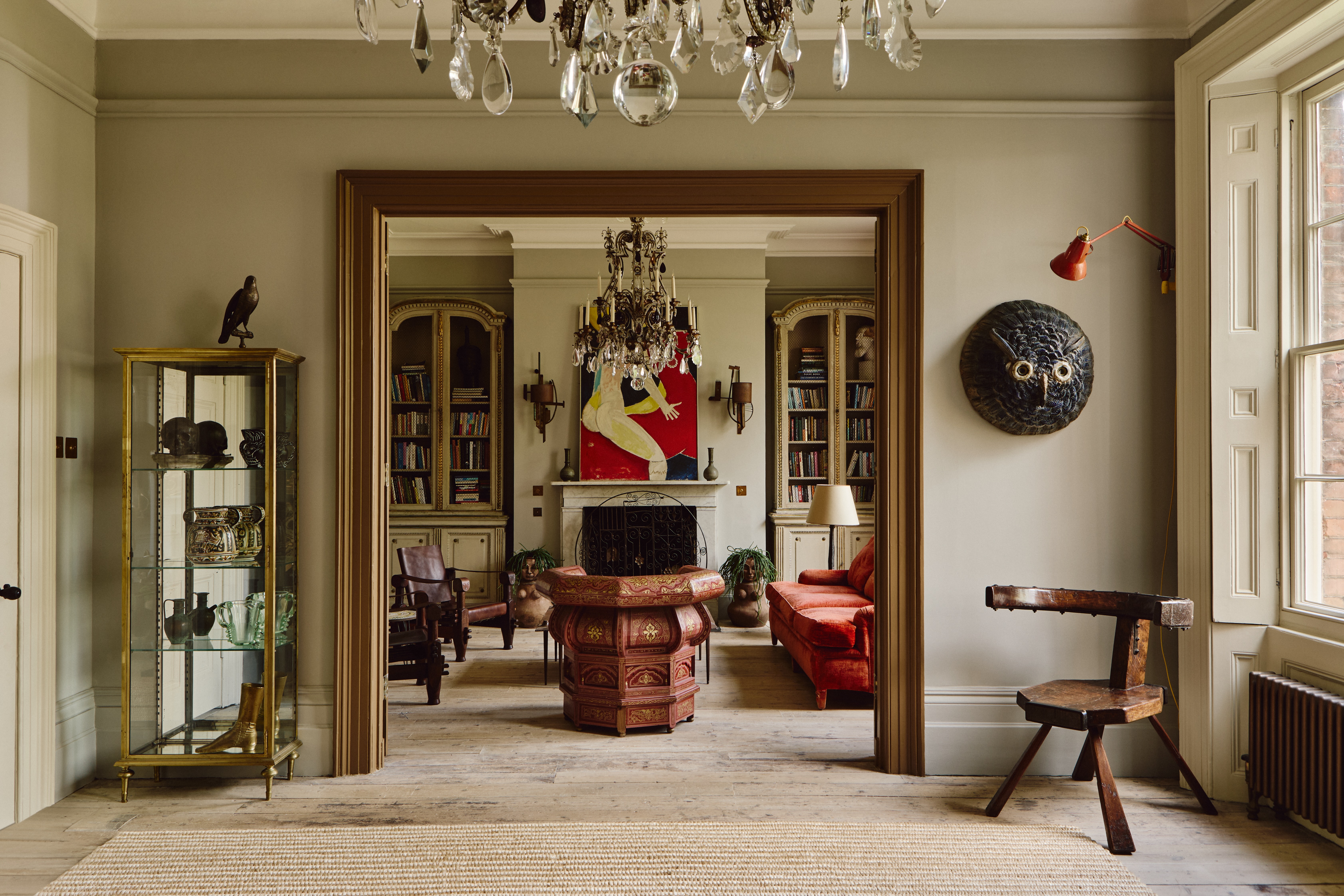 ‘It had the air of an ex-rental, and that’s putting it politely’: How an antique dealer transformed a run-down Georgian house in Chatham Dockyards
‘It had the air of an ex-rental, and that’s putting it politely’: How an antique dealer transformed a run-down Georgian house in Chatham DockyardsAn antique dealer with an eye for colour has rescued an 18th-century house from years of neglect with the help of the team at Mylands.
By Arabella Youens
-
 You're having a giraffe: Country Life Quiz of the Day, April 25, 2025
You're having a giraffe: Country Life Quiz of the Day, April 25, 2025Friday's Quiz of the Day brings your opera, marathons and a Spanish landmark.
By Toby Keel
-
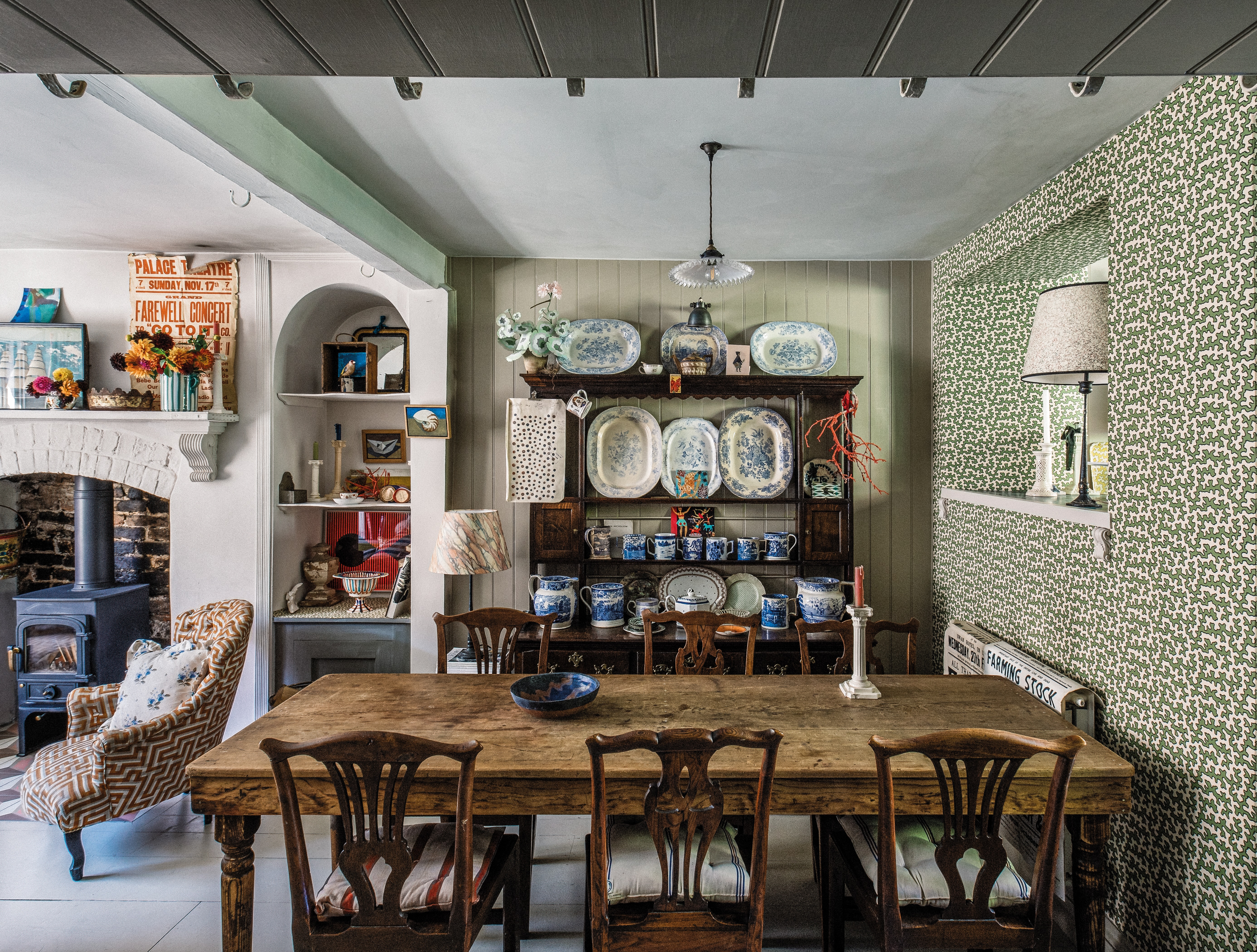 Why size doesn't matter if you've got some decorating derring-do
Why size doesn't matter if you've got some decorating derring-doA small space can be just as appealing as a large one — as long as you decorate with confidence, says a new book.
By Arabella Youens
-
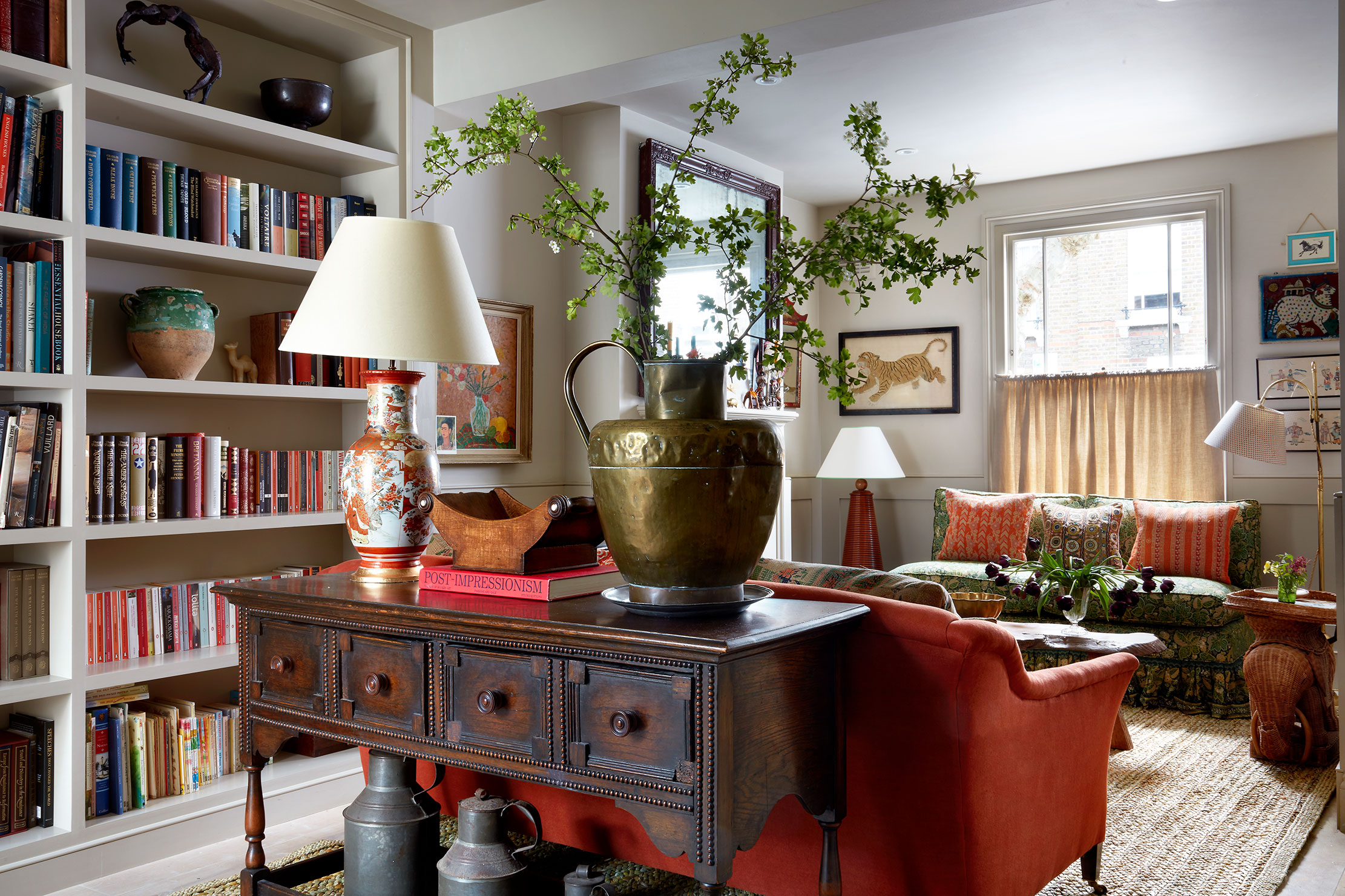 Injecting colour, pattern and character into a once-plain sitting room
Injecting colour, pattern and character into a once-plain sitting roomBooks, art and textiles transformed a once-characterless space into a warm, inviting sitting room.
By Arabella Youens
-
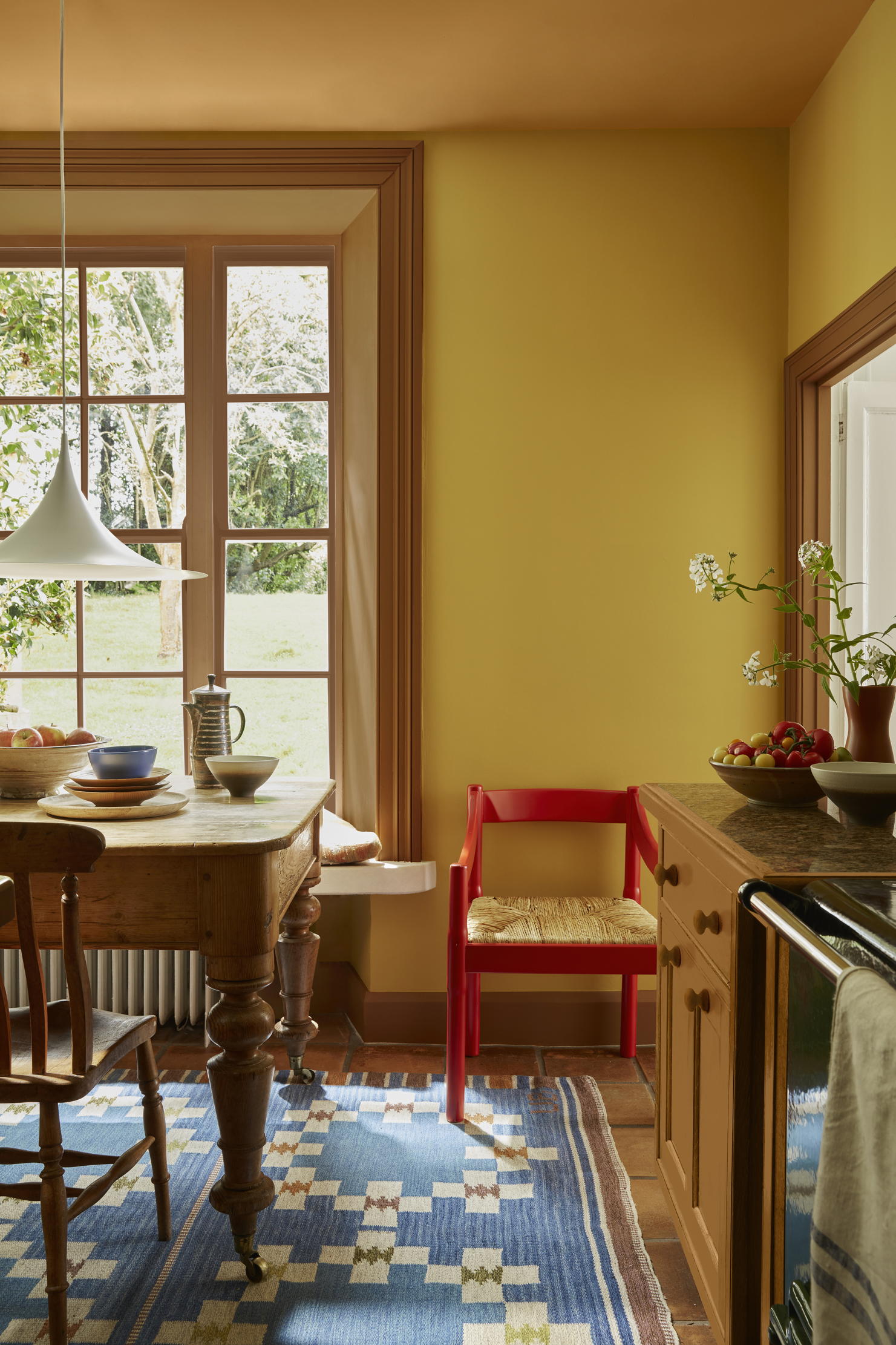 Say no to boring walls: Six choices of paint and paper which will get people talking
Say no to boring walls: Six choices of paint and paper which will get people talkingAmelia Thorpe picks out some glorious alternatives to just painting everything white.
By Amelia Thorpe
-
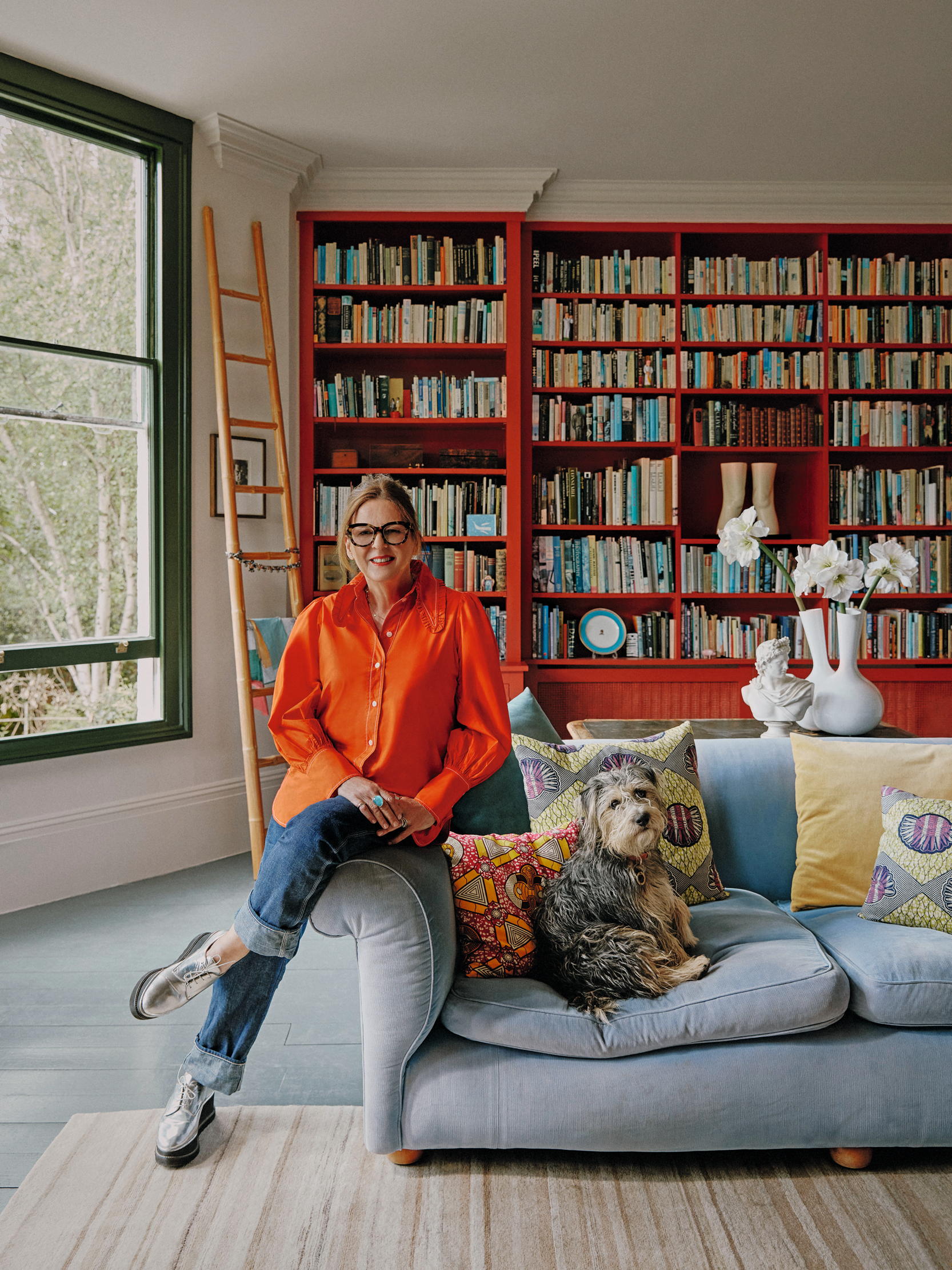 'Not cheap... but cheaper than a divorce lawyer': Why it pays to hire a consultant to choose the perfect paint colour
'Not cheap... but cheaper than a divorce lawyer': Why it pays to hire a consultant to choose the perfect paint colourDriven to distraction by paint charts? A colour consultant could be the answer for anyone befuddled by choosing the right hue, says Giles Kime.
By Giles Kime
-
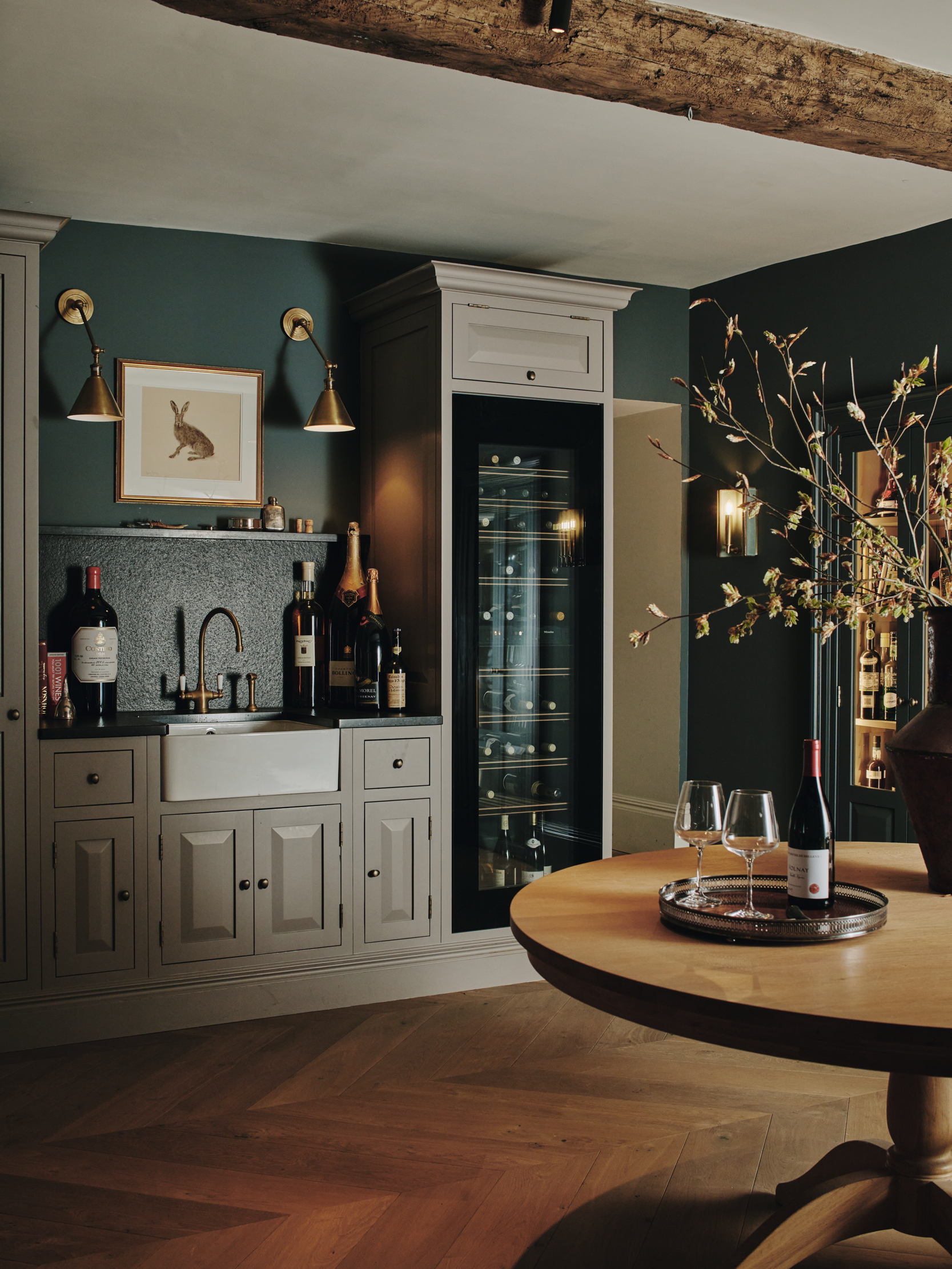 Room with a cru — how an 'enduring legacy of lockdown' is the latest must have in interior design
Room with a cru — how an 'enduring legacy of lockdown' is the latest must have in interior designLong gone are the dusty cellars of the past. Now is the time to make the place you store your wine as pleasurable as drinking it.
By Amelia Thorpe
-
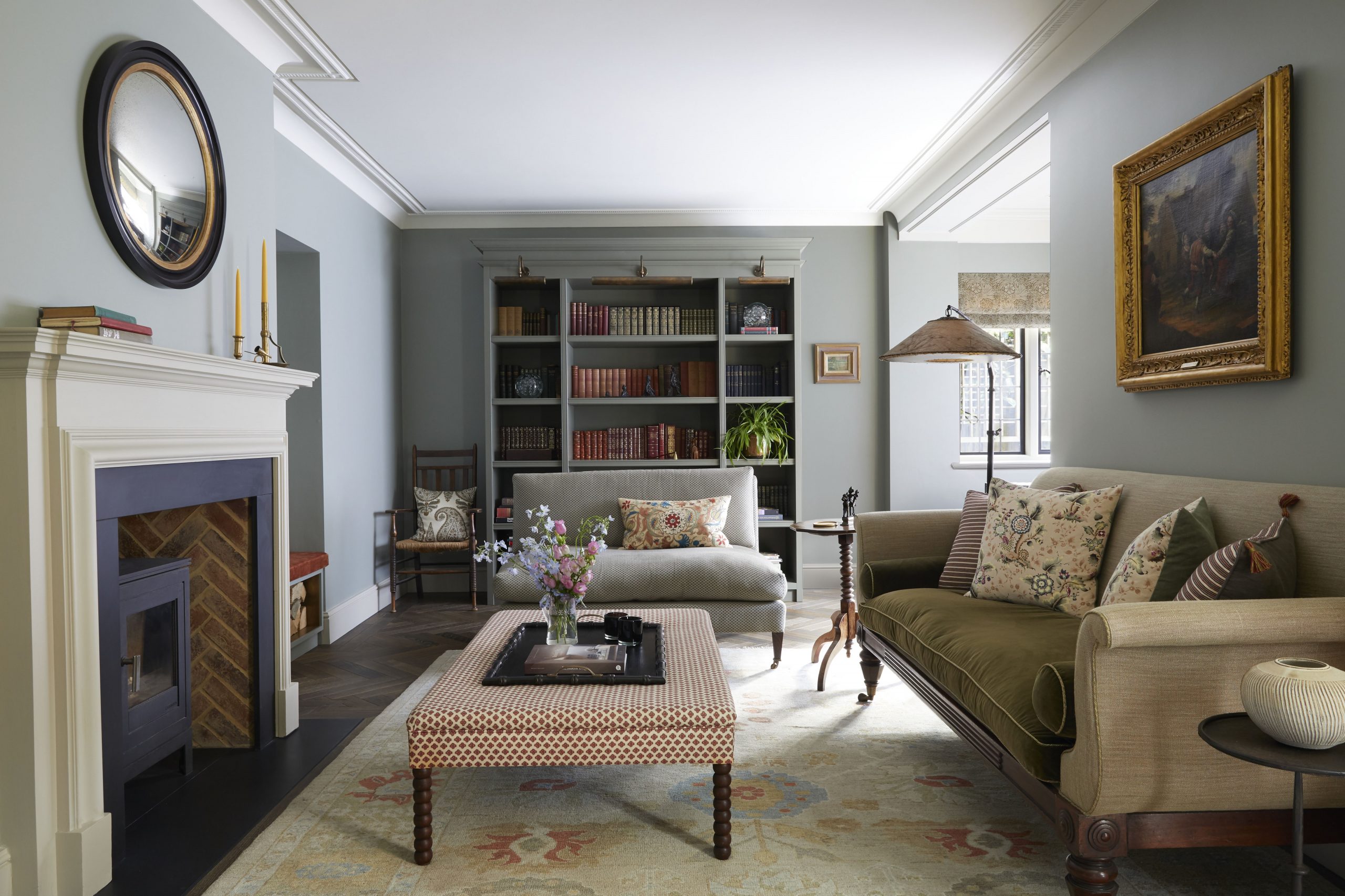 The secret to transforming an awkwardly shaped room
The secret to transforming an awkwardly shaped roomCave Interiors turned the awkwardly shaped sitting room of an Edwardian house into a warm and welcoming space.
By Arabella Youens
-
 A gloomy kitchen entirely re-created as a cosy living space
A gloomy kitchen entirely re-created as a cosy living spaceWhen Nicole Salvesen and Mary Graham were asked to redecorate a country house in Berkshire, the first task was to turn a dark space into a colourful sitting room.
By Arabella Youens
-
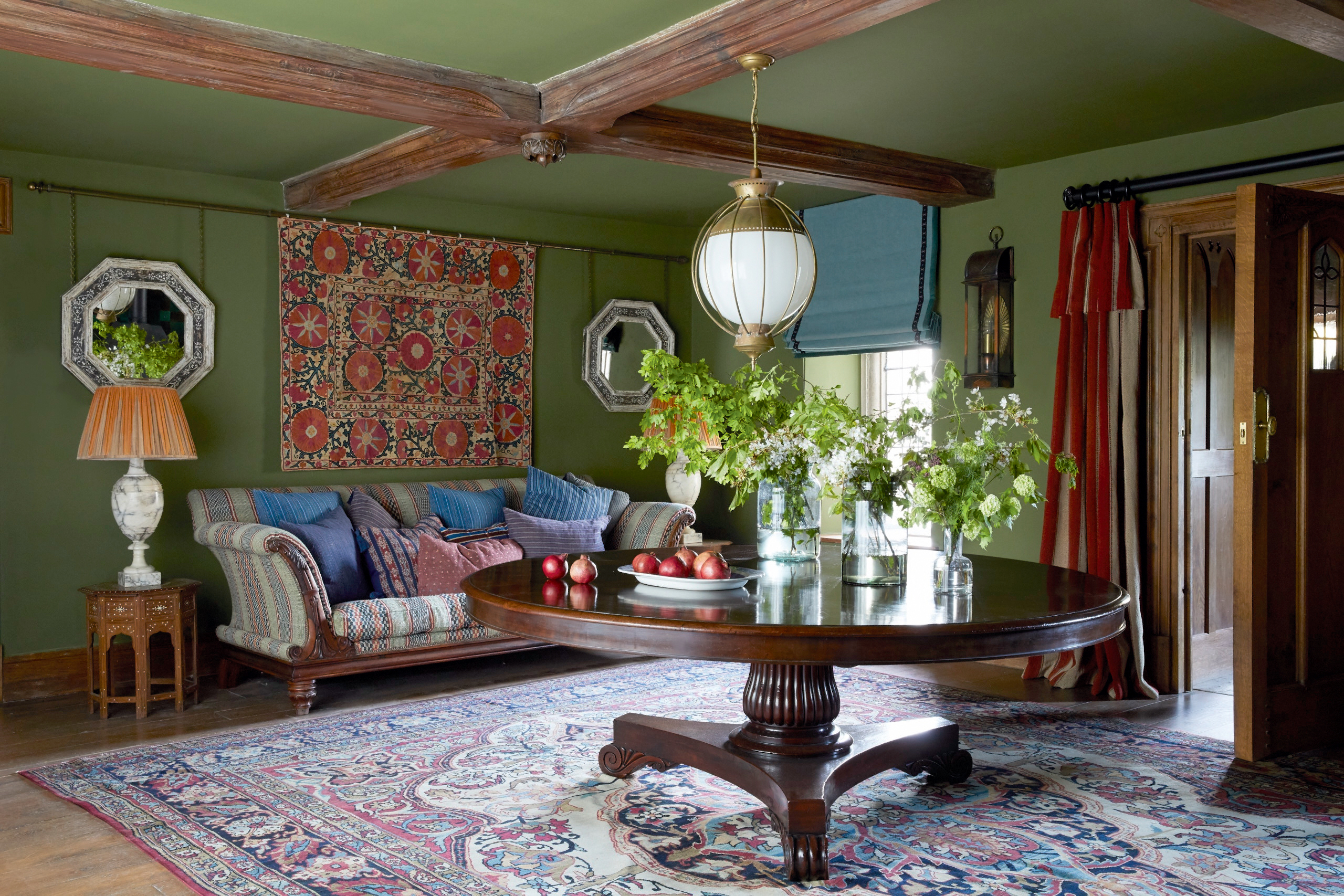 A living room that's a lesson in how to restore lost character in a historic space
A living room that's a lesson in how to restore lost character in a historic spaceNicola Harding used rich colours and textures to enhance the historic character of a Jacobean house in Berkshire.
By Arabella Youens